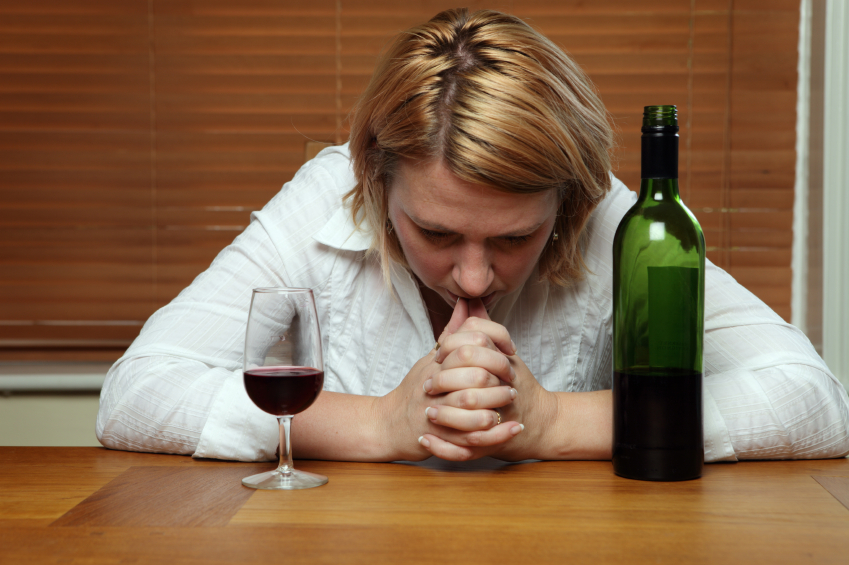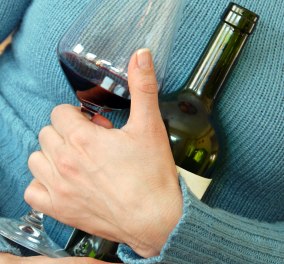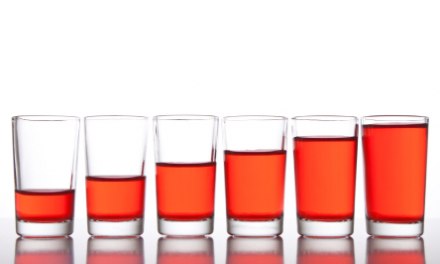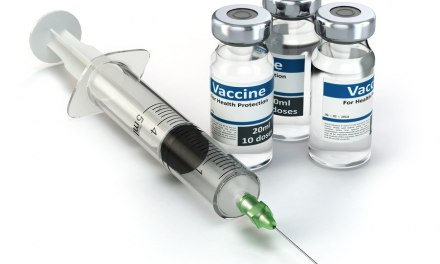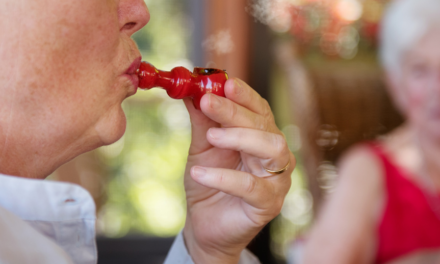This New York Times piece addresses the practical problems of cutting down on one’s alcohol consumption – an important goal for those who allowed it to sneak upwards during the pandemic.
It’s aimed at so-called ‘normal’ drinkers, rather than the sort found in treatment clinics. Of course, failed attempts to exert control over drinking are how a lot of folks wound up in treatment in the first place. It’s a common progression. The drinker experiments with various ‘control strategies’ and when they fail to last…
With regards to drinking, adults can be divided into four broad categories. First are the 30% or so who qualify as nondrinkers. People who do show up in treatmentt find that difficult to believe. One common reason for abstaining is being in recovery from alcoholism. Religious beliefs can be another. Don’t forget that a significant segment of the population avoids alcohol because they don’t like the way it makes them feel.
One inpatient’s response: “Whaddya mean, they don’t like it? How is that possible?”
Then there is a subgroup of so-called social drinkers, for whom alcohol is a rare indulgence, reserved for holidays, weddings, parties, celebrations. Further up the scale are the regular drinkers, for whom alcohol is a means to relax and enjoy themselves — wine with dinner, beer on a hot day, a martini after work. People in rehab may secretly envy these folks and hope to emulate them. “I used to be able to do that,” they tell themselves. “Why can’t I learn to do that again?”
It’s a major reason that some experiment with controlled drinking post-treatment — in the back of their minds, that was always the plan.
Last but not least, we have the heavy drinkers. That’s the 10% who routinely exceed 5-10 drinks, sometimes by a lot, and often daily. To many of the people I’ve met in rehabs, five or ten drinks doesn’t sound like much at all.
Anyway, many Americans, stuck at home, bored and stressed out, turned to alcohol. I imagine smokers upped their smoking as well. Yet they don’t qualify for an SUD diagnosis, and it’s for them the suggestions in the NYT article may be of use.
Although I noticed that one prominent example of ‘success’ cited in the article involved a drinker who decided to give up alcohol altogether. He’s now comfortably abstinent. I don’t know how that qualifies as a success for ‘moderation’. Maybe at some point he’ll decide to go back to drinking, as people who stop on their own sometimes will. Then we’ll see what happens.
Fact is, I’ve known a number of individuals who, through their efforts to drink less and avoid problems, have come to realize how unhealthy their attachment to booze had become. One was shocked by the intensity of his craving after just a few weeks of relative moderation. “I had no idea I’d miss it so much,” he reported. “That’s not a good sign, is it?”
A second man, challenged by his wife to cut back, received a glowing performance review from his boss, who attributed the change to ‘this new medicine you’re taking.’ Of course there wasn’t any ‘new medicine’ involved. It was more a matter of quitting the old medication — vodka.
Both were motivated by the experience to seek out an assessment, and both were diagnosed as AUD of moderate severity.
“That was a real eye opener,” admitted one. “I mean, I’m a surgeon.”

